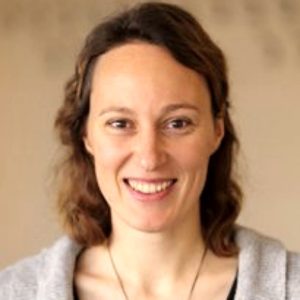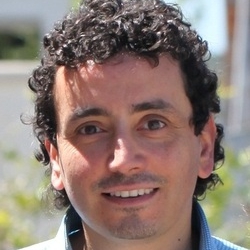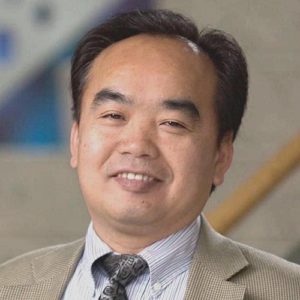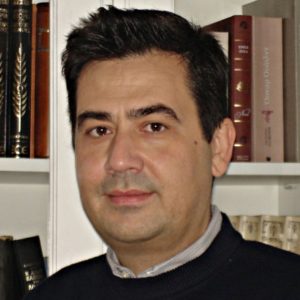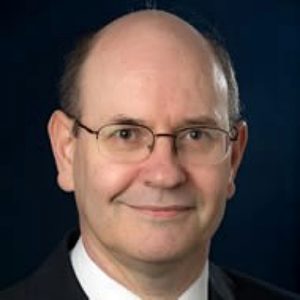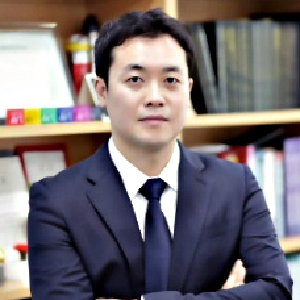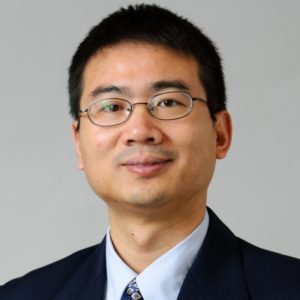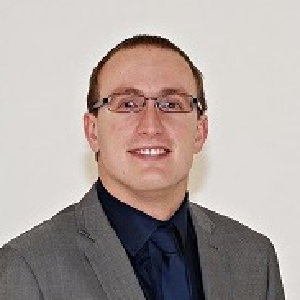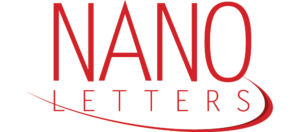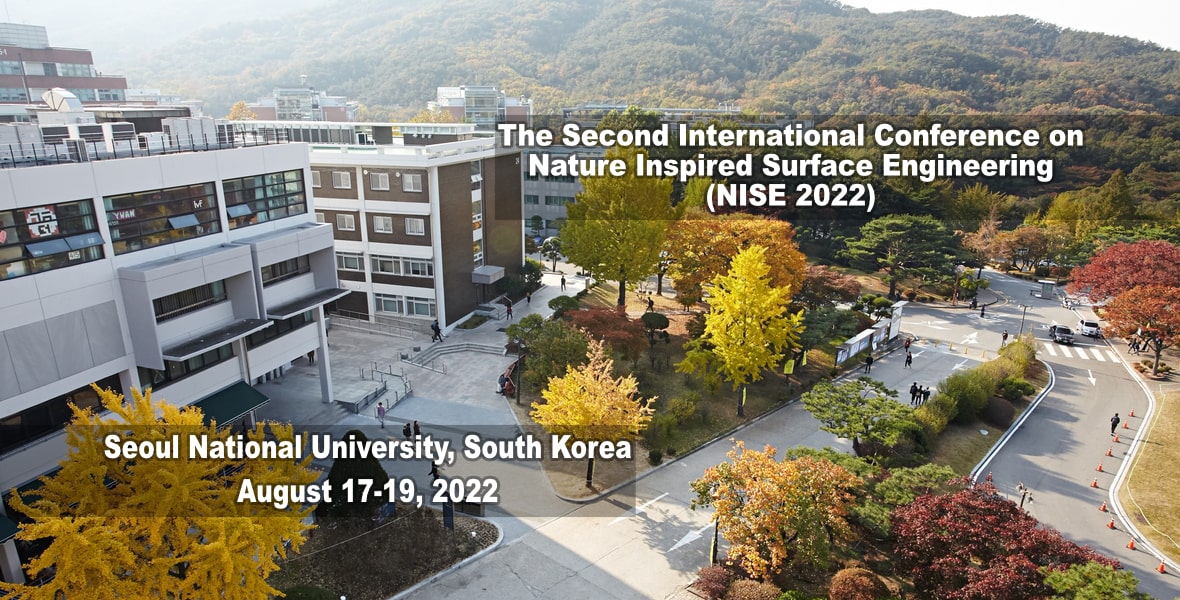
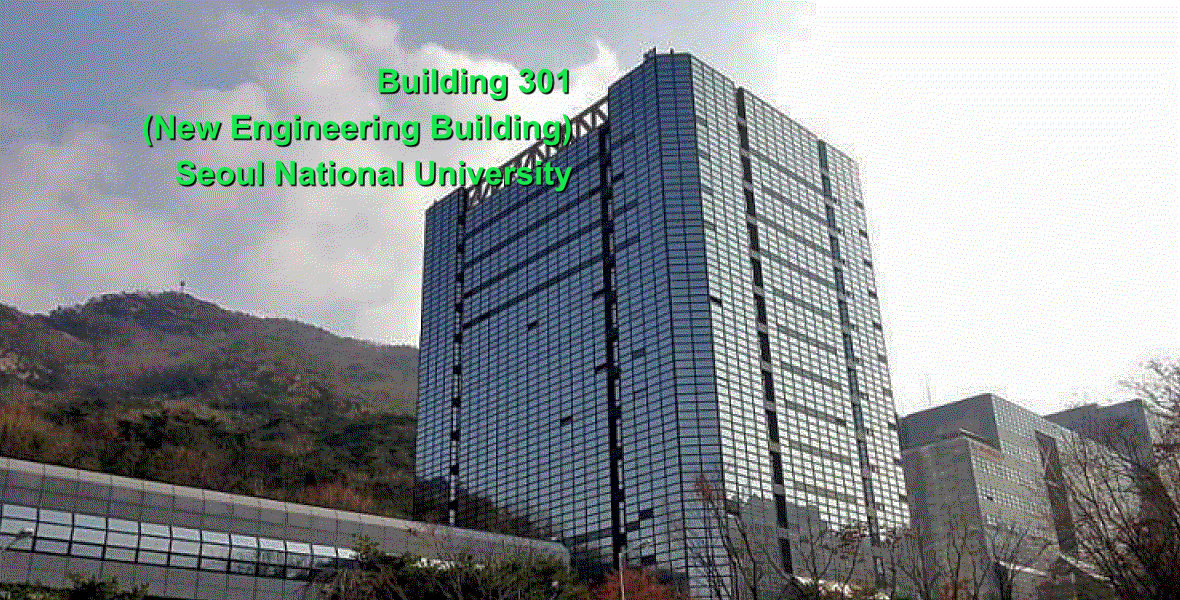
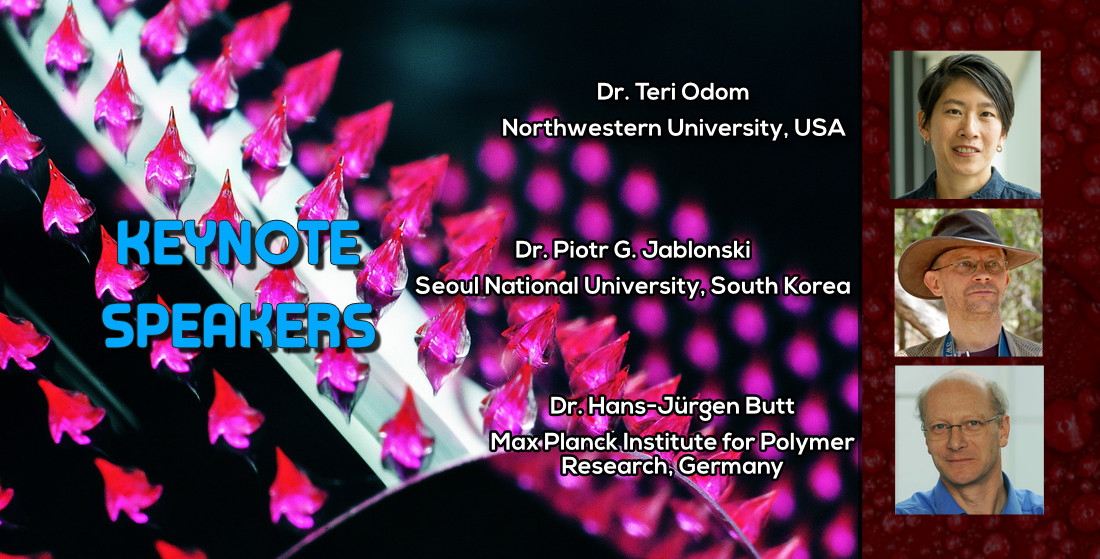



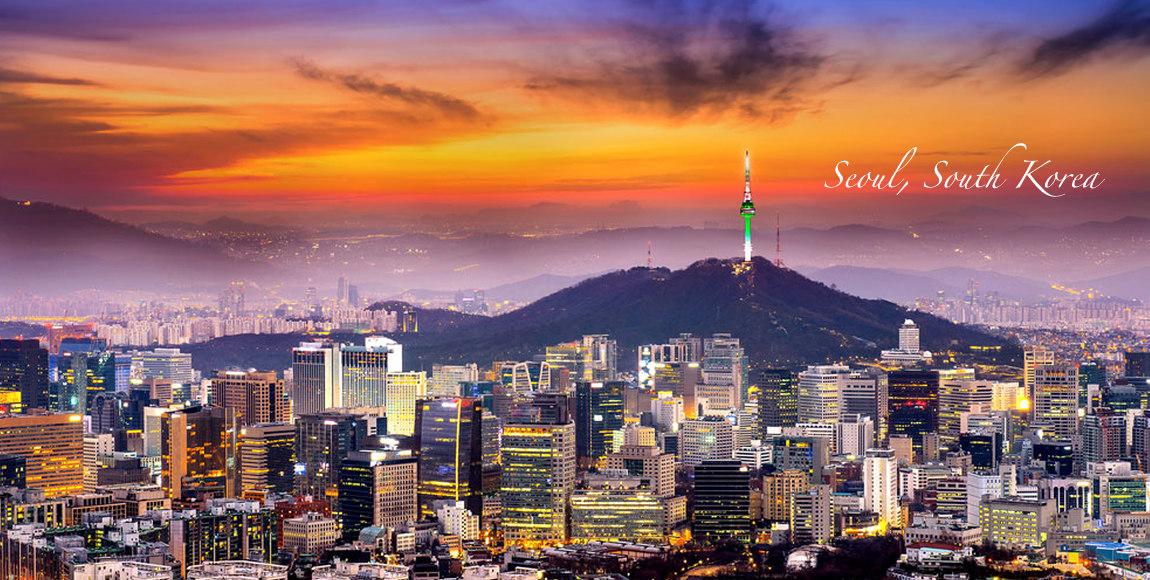

ANNOUNCEMENT
NISE 2021 has been postponed!
NISE 2021 has been postponed and will be held on August 17-19, 2022 at the same venue, Seoul National University, Seoul, South Korea.
Please visit our new page for the conference (click here) for updates as all will be made there.
THE SECOND INTERNATIONAL CONFERENCE ON NATURE INSPIRED SURFACE ENGINEERING (NISE 2021)
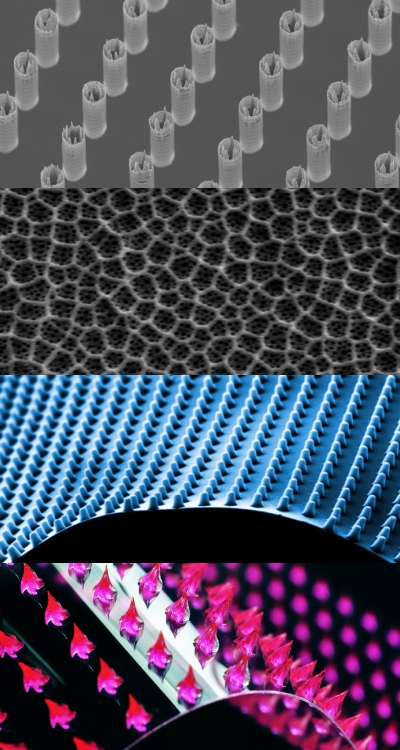
The Second International Conference on Nature Inspired Surface Engineering (NISE 2021), following the first one (click here to see the detail of the past conference, NISE 2019), will be held at the Building 301 (New Engineering Building), Seoul National University, Seoul, South Korea on August 9-11, 2021.
Nature, such as plants, insects, and marine animals, shows unique surface properties in their components (e.g., leaves, wings, eyes, legs, and skins) for multiple purposes, such as water-repellency, anti-adhesion, and anti-reflection. Such multifunctional surface properties are attributed to three-dimensional and hierarchical surface structures with modulated surface chemistry and mechanical pliability. Over the last couple of decades, we have witnessed a significant advancement in the fundamental understanding of surface and interfacial phenomena of such multifunctional surfaces as well as the design, fabrication, and applications of those coatings/surfaces/materials. The NISE conference provides a means of reporting and sharing the latest developments in the nature-inspired surface engineering, encompassing physics, chemistry, biology, material science, and various engineering disciplines. Topics of interest include, but are not limited to:
- Fundamental understanding of surface and interface science and phenomena such as wetting, adhesion, adsorption, desorption, friction, (bio)tribology, wear, corrosion, biofouling, icing/deicing, phase changes, heat/energy transfer, electrochemistry, optics/photonics, etc.
- Material processing and fabrication techniques for functional surfaces including novel techniques such as 3D printing and self-assembly
- Surface modification and coating techniques for functional surfaces
- Hydro-, aero, ice-, and oleo-phobic/philic surfaces
- SLIPS (slippery liquid infused porous surfaces) and LIS (lubricant impregnated surfaces)
- Stimuli-responsive and adaptive materials and surfaces
- Self-healing/self-repairing materials and surfaces
- Surface engineering in energy applications
- Surface engineering in water-related applications
- Surface engineering in biomedical applications
- Surface engineering in optical and electrical applications
- Surface engineering in industrial applications
- Surface characterization and metrology
- Novel phenomena and applications of engineered surfaces/coatings
KEYNOTE SPEAKERS
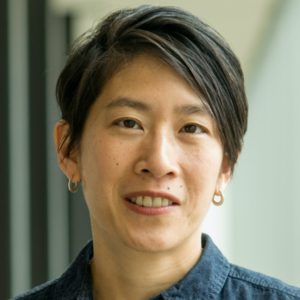
Department of Chemistry, Northwestern University, USA
Teri W. Odom is Charles E. and Emma H. Morrison Professor of Chemistry and Chair of the Chemistry Department at Northwestern University. She is an expert in designing structured nanoscale materials that exhibit extraordinary size and shape-dependent optical properties. Odom has pioneered a suite of multi-scale nanofabrication tools that have resulted in plasmon-based nanoscale lasers that exhibit tunable color, flat optics that can manipulate light at the nanoscale and beat the diffraction limit, and hierarchical substrates that show controlled wetting and super-hydrophobicity.
She is on the Editorial Advisory Boards of ACS Nano, Materials Horizons, ChemNanoMat, and Bioconjugate Chemistry. She was founding Associate Editor for Chemical Science (2009-2013), founding Executive Editor of ACS Photonics (2013 – 2019), and is currently Editor-in-Chief of Nano Letters. Odom’s Personal Story of Discovery was featured by ACS Publications.
Dr. Odom’s Keynote Title: Thin-skinned: how to design switchable, conformable, and three-dimensional surfaces

School of Biological Sciences, Seoul National University, South Korea
Piotr G. Jablonski is a Professor at the School of Biological Sciences, Seoul National University. He is an ecologist, with interests in a variety of topics in behavioral ecology, functional ecology, ethology, neuro-ethology, field-based ornithology and entomology. He has studied Biology at the University of Warsaw, Poland, graduated in ecology from Polish Academy of Sciences (PAS), and followed his research while affiliated with the Institute of Ecology PAS, University of NY in Albany, University of Arizona in Tucson, Center for Tropical Ecology UCLA, Museum and Institute of Zoology PAS, Ewha University and Seoul National University. His multidisciplinary research often involves tight collaboration with non-ecologists and non-biologists. He is involved in collaborative research concerning micro- and nano-structural locomotory adaptations of animal surfaces.
Learn more about Prof. Jablonski
Dr. Jablonski’s Keynote Title: Microstructures on the surface of semi-aquatic insects: discovering bio-diversity for bio-inspired engineering

Max Planck Institute for Polymer Research, Germany
Hans-Jürgen Butt studied physics in Hamburg and Göttingen, Germany. Then he went to the Max-Planck-Institute of Biophysics in Frankfurt. After receiving his Ph.D. in 1989 he went as a post-doc to Santa Barbara, California, using the newly developed atomic force microscope. From 1990-95 he spent as a researcher back in Germany at the Max-Planck-Institute for Biophysics. In 1996 he became associate professor for physical chemistry at the University Mainz, three years later full professor at the University of Siegen. In 2002 he joined the Max-Planck-Institute of Polymer Research in Mainz as a director. His research focuses on experimental physics of soft matter interfaces.
He is currently the director of the Max Planck Institute for Polymer Research.
Learn more about Prof. Hans-Jürgen Butt: General CV, Scientific CV.
Dr. Butt’s Keynote Title: Nanostructuring surface to control wetting
INVITED SPEAKERS
(in alphabetical order by last name)

Dr. Hyuneui Lim
Department of Nature-Inspired Nanoconvergence Systems, Korea Institute of Machinery & Materials (KIMM), South Korea
Presentation Title: Nature inspired micro/nanosurfaces and beyond ; meter-sized multifunctional glass
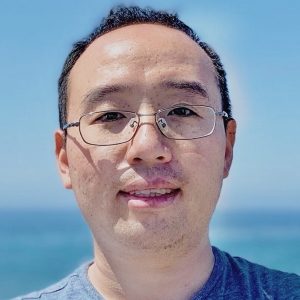
Dr. Xu Deng
Institute of Fundamental and Frontier Sciences, University of Electronic Science and Technology of China, Chengdu, China
Presentation Title: Multi-dimensional droplet manipulation
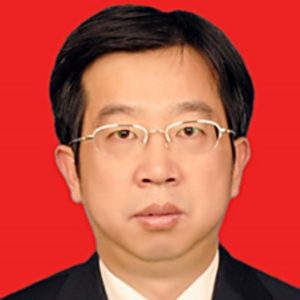
Dr. Zhiwu Han
Key Laboratory for Bionic Engineering, Jilin University, China
Presentation Title: Bio-Inspired Ultrasensitive Sensing Technology

Dr. Xu Hou
College of Chemistry and Chemical Engineering, Xiamen University, China
Presentation Title: Bioinspired Liquid Gating Membranes
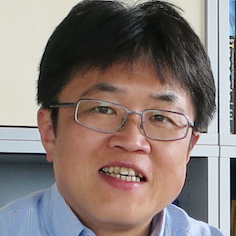
Dr. Atsushi Hozumi
National Institute of Advanced Industrial Science and Technology (AIST), Nagoya, Japan
Presentation Title: Anti-Sticking Properties of Organogels Derived from Syneresis
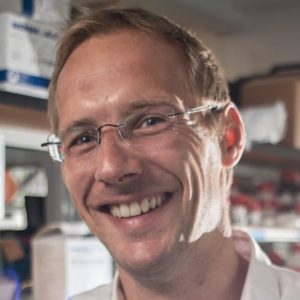
Dr. Mathias Kolle
Department of Mechanical Engineering, Massachusetts Institute of Technology, USA
Presentation Title: Bio-inspired photonic materials

Dr. Halim Kusumaatmaja
Department of Physics, Durham University, UK
Presentation Title: Modelling superhydrophobic and liquid infused surfaces using diffuse interface models
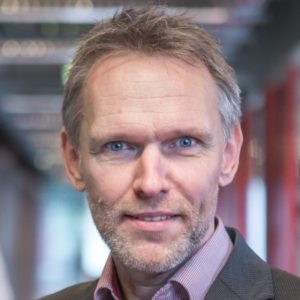
Dr. Rob G.H. Lammertink
Institute for Nanotechnology, University of Twente, The Netherlands
Presentation Title: Membranes with L-L and L-G interfaces
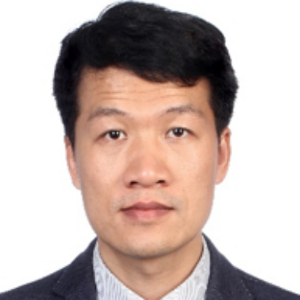
Dr. Cunjing Lv
Department of Engineering Mechanics, Tsinghua University, China
Presentation Title: Wetting and Marangoni Effect: Some perspectives and Applications
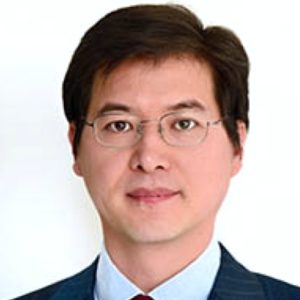
Dr. Myoung-Woon Moon
Korea Institute of Science and Technology (KIST), Seoul, S. Korea
Presentation Title: Capillary-induced oil removal on hierarchically porous surfaces

Dr. Kyoo-Chul Park
Department of Mechanical Engineering, Northwestern University, USA
Presentation Title: Condensation and Frost Formation on Macrotextured Surfaces
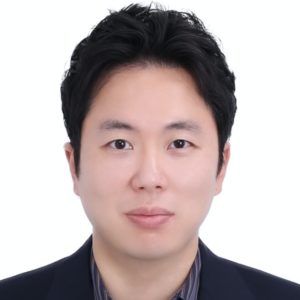
Dr. Steve Park
Department of Materials Science and Engineering, KAIST, South Korea
Presentation Title: Nature inspired electronic skin and signal processing for wearable and robotics applications
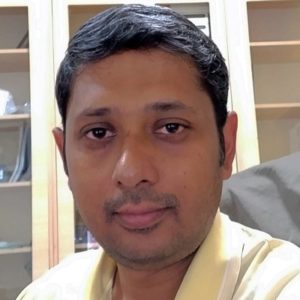
Dr. Prosenjit Sen
Centre for Nano Science and Engineering, Indian Institute of Science, Bangalore, India
Presentation Title: Bioinspired nanostructured bactericidal surfaces

Dr. Richard Spontak
Department of Chemical and Biomolecular Engineering, North Carolina State University, USA
Presentation Title: Broad-Spectrum Self-Disinfecting Polymer Surfaces: Preparing for Future Health Crises
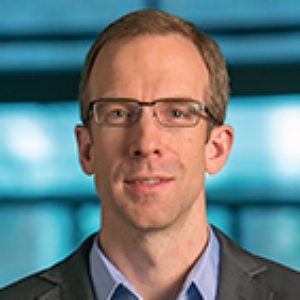
Dr. Kevin Turner
Department of Mechanical Engineering and Applied Mechanics, University of Pennsylvania, USA
Presentation Title: Tuning Adhesion and Friction through Compliance: Lessons from Nature and Applications in Engineering
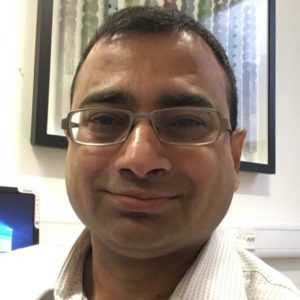
Dr. Manish K. Tiwari
Department of Mechanical Engineering, University College London (UCL), UK
Presentation Title: Nature-inspired non-wetting surfaces: Progress towards functional trade-offs and robustness
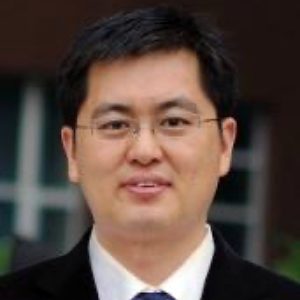
Dr. Shutao Wang
Technical Institute of Physics and Chemistry, Chinese Academy of Sciences, China
Presentation Title: Engineering bio-inspired interfacial materials with controlled adhesion

Dr. Steven Wang
Department of Mechanical Engineering, City University of Hong Kong
Presentation Title: Inspired by Nature: An Effective Droplet Mop
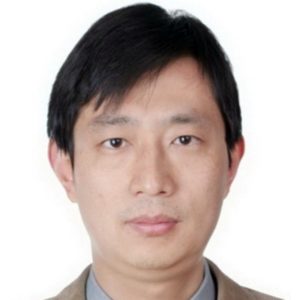
Dr. Peng Zhang
School of Mechanical Engineering, Shanghai Jiao Tong University, China
Presentation Title: Fabrication and characterization of a thermo-responsive surface with various wetting states
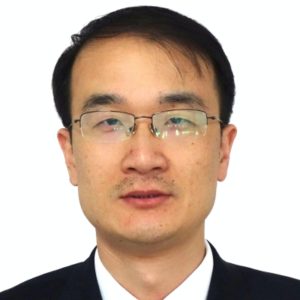
Dr. Feng Zhou
Lanzhou Institute of Chemical Physics, Chinese Academy of Sciences, China
Presentation Title: Bioinspired lubrication with interfacial soft matters
Registration and Conference Fees
Registrations fees do not cover accommodation or food. Participants have to arrange their own accommodation and meals.
However, tea, coffee and cookies will be served throughout the conference.
STUDENT
PHD / PROFESSOR / INDUSTRY
CONFERENCE PROGRAM SCHEDULE
The program schedule will be updated soon!
EXHIBITION
NISE 2021 Exhibition Component will provide a unique platform to all leading manufacturers for launching their latest innovations and technologies. Contact us at [email protected] to book your stand and for details.
EXHIBITORS
The list will be updated soon!
CONFERENCE CHAIR
Dr. Chang-Hwan Choi is a professor in the Department of Mechanical Engineering at the Stevens Institute of Technology. He acquired his BS (1995) and MS (1997) in Mechanical & Aerospace Engineering from Seoul National University in Korea. He also earned his MS in Fluids, Thermal, and Chemical Processes from Brown University in 2002. Dr. Choi received his PhD in Mechanical Engineering from the University of California at Los Angeles (UCLA) in 2006, specializing in MEMS/Nanotechnology and minoring in Fluid Mechanics and Biomedical Engineering. You may contact Dr. Choi at [email protected].
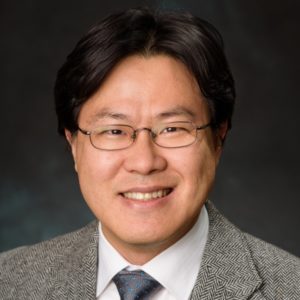
CONFERENCE CO-CHAIR
Dr. Ho-Young Kim is a professor in the Department of Mechanical Engineering at Seoul National University. He received his B.S. (1994) from Seoul National University, and M.S. (1996) and Ph.D. (1999) from MIT all in mechanical engineering. He is Fellow of American Physical Society since 2017. Areas of his research interest include mechanics of soft matter, microscale interfacial flows, and biological fluid dynamics. You may contact Dr. Kim at [email protected].

LOCAL ORGANIZING COMMITTEE

Department of Mechanical Engineering, Seoul National University, S. Korea
[email protected]
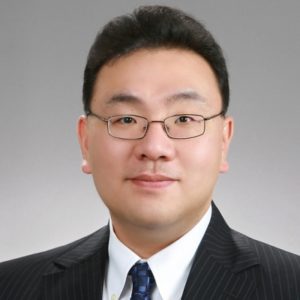
Department of Electrical and Computer Engineering, Seoul National University, S. Korea
[email protected]
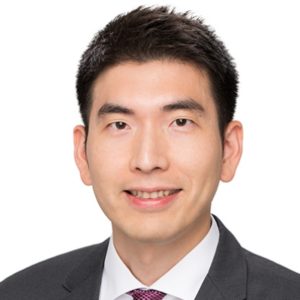
Department of Mechanical Engineering, Seoul National University, S. Korea
[email protected]
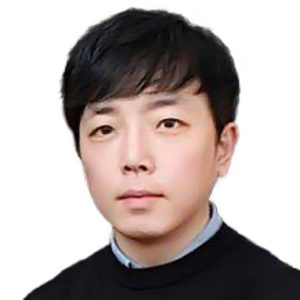
School of Mechanical, Aerospace and Nuclear Engineering, Ulsan National Institute of Science and Technology, S. Korea
[email protected]
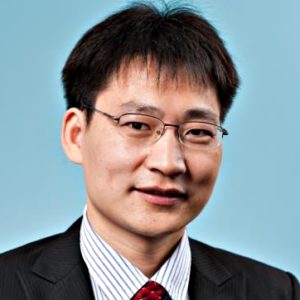
TECHNICAL COMMITTEE CHAIR
Dr. Zuankai Wang is currently a Professor in the Department of Mechanical Engineering and Associate Dean (Internationalization & Industry Engagement) of College of Engineering at the City University of Hong Kong, a founding member of Young Academy of Science of Hong Kong, a Fellow of International Society of Bionic Engineering (ISBE). His work on the invention of the most water repellent surface has been included in the Guinness Book of World Records.

TECHNICAL COMMITTEE CO-CHAIR
Dr. Tak-Sing Wong is currently Associate Professor and the inaugural holder of Wormley Family Early Career Professorship in the Department of Mechanical Engineering at The Pennsylvania State University. Dr. Wong conducted his postdoctoral research at the Wyss Institute for Biologically Inspired Engineering at Harvard University from 2010 – 2012 (with Prof. Joanna Aizenberg). He received his Ph.D. degree in the Mechanical and Aerospace Engineering Department at UCLA in 2009 (with Prof. Chih-Ming Ho), following his B.Eng. degree in Automation and Computer-Aided Engineering from The Chinese University of Hong Kong.
TECHNICAL COMMITTEE
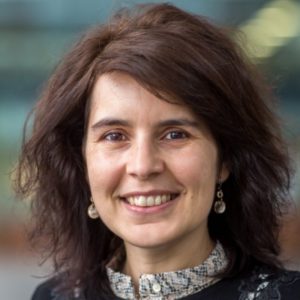
Department of Chemical Engineering and Chemistry, Eindhoven University of Technology, Netherlands
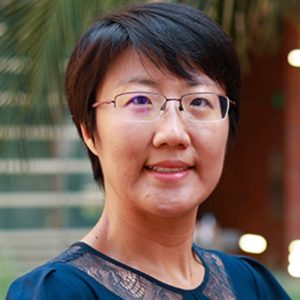
Department of Materials Science and Engineering, University of California, Los Angeles, USA
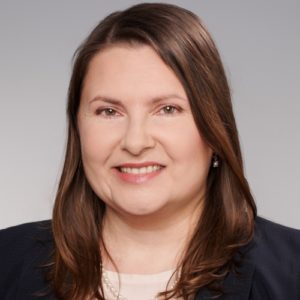
Department Polymer Interfaces, Leibniz-Institut für Polymerforschung Dresden e.V., Germany
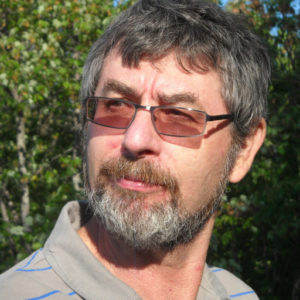
Department of Materials Science and Engineering, Michigan Technological University, USA

Department of Atomic and Molecular Physics, Manipal Academy of Higher Education, India

Faculty of Materials Science and Applied Chemistry, Riga Technical University, Latvia

School of Mechanical, Aerospace and Nuclear Engineering, Ulsan National Institute of Science and Technology, S. Korea

Department of Mechanical Science and Engineering, University of Illinois at Urbana Champaign, USA

Department of Mechanical and Industrial Engineering, University of Illinois at Chicago, USA
Partnering Journals
Selected abstracts will be recommended for the publication to partnering journals.
STUDENT AWARDS
Below journals are the sponsors of the “Best Presentation Awards” for young investigators (PhD students) in the amount of 200 USD.
These awards will be presented to the best oral and poster presenters during the closing ceremony on August 12th.
CONFERENCE MAILING LIST
If you have questions, please contact us at [email protected]. You may also contact conference chair Dr. Chang-Hwan Choi at [email protected].
Join our mailing list and receive conference updates. Please select “NISE Conferences” in the drop-down menu.
[mc4wp_form id=”3976″]
ADDITIONAL INFORMATION
Venue
The conference will be held at the Bldg 301 (New Engineering Building), Seoul National University, Seoul, South Korea.
Korean Visa Information for Int'l Participants
AIS will issue a letter of invitation if you need a Visa.
C-3 Visa (Temporary visit)
For those who are going to stay for a short period of time (up to 90 days) for short-term study, tourism, transit, visiting relative, conference, culture, and art, common training, religious ceremony, collecting academicals datum or other similar reasons (The visit must be non-profit in nature), the documents are required:
● Application for visa
● Passport
● Passport size photograph
● Fee
● Invitation letter
● Photocopy of Business Registration Certificate of a respective education institute
https://eng.snu.ac.kr/node/15479
http://english.seoul.go.kr/life-information/visit-to-seoul/visa/
Countries whose nationals hold a diplomatic, official or ordinary passport may enter Korea without a visa:
● Asia : Japan (90 days), Hong Kong (90 days), Macau (90 days), Taiwan (90 days), Brunei, Qatar, Saudi Arabia, Kuwait, Oman, Yemen, United Arab Emirates, Bahrain (90 days) [12 countries]
● North America : United States of America (90days), Canada (6 months) [2 countries]
● South America : Argentina, Honduras, Paraguay, Uruguay, Ecuador, Guyana [6 countries]
● Europe : Andorra, Monaco, San Marino, Cyprus, Albania, Croatia, Slovenia (90 days),Vatican, Bosnia and Herzegovina, Serbia, Montenegro [11 countries]
● Oceania : Australia (90 days), Guam, Fiji, Nauru, Palau, Kiribati, Marshall Is., Solomon Is., Micronesia, New Caledonia, Samoa, Tuvalu, Tonga [13 countries]
● Africa : Republic of South Africa, Mauritius, Seychelles, Swaziland, Egypt [5 countries]
https://www.visa.go.kr/openPage.do?MENU_ID=10101
How to Get to
Using Public Transportation
The city of Seoul has a very organized public transportation system and you may come and visit Seoul National University easily by using bus and subway.
From the Airport
Limousine Bus
The ‘Limousine bus’ is a convenient and inexpensive way to get to SNU Gwanak Campus from Incheon International Airport. Take airport limousine bus number 6017 or 6003. The bus 6017 comes directly from Incheon to SNU back gate (Hoam Faculty House) within 70 minutes. The bus 6003 comes to SNU main gate via Gimpo Airport, and it takes 110 minutes under normal traffic conditions. Service is available everyday from early morning to night time at Incheon International Airport with no charge for the baggage.
Subway
When using the subway to visit Seoul National University, take Aiport Express, get off at the Hongdae Station, and transfer to Subway Line No. 2 (Green Line). Then get off either at the Seoul National University Entrance Station or the Naksungdae Station. If you get off at the Seoul National University Entrance Station, exit through Exit 3 and take bus No. 5511 or 5513 to directly come to Bldg 301, the conference venue. If you get off at the Naksungdae Station, exit through Exit 4 and take bus No. 2 to directly come to Bldg 301. The building is the end of route of all the buses, hard to miss.
Taxi
The taxi fare for coming to SNU Gwanak campus from Incheon International Airport is around 60,000 won depending on the traffic situation. By Deluxe Taxi (Mobeom Taxi), which offers kinder service, the approximate fare is 80,000 won.
https://www.airport.kr/ap/en/tpt/pblcTptTaxi.do
Read more… campus shuttles, parking on campus, etc.
About Seoul National University
Seoul National University (SNU) is a national research university located in Seoul, South Korea. SNU is considered to be the most prestigious university in Korea. SNU was founded in 1946 as the first national university of Korea. The university has multiple campuses : the main campus in Gwanak and two additional campuses in Daehangno (Medical School and SNU Hospital) and Pyeongchang (College of Agriculture and Life Sciences). The university comprises 15 Colleges, 1 Graduate School, and 11 Professional Schools. There are nearly 17,000 undergraduate and 11,000 graduate students enrolled in degree programs. The university globally ranked 13th in terms of SCI Paper publications. According to data compiled by QS World University Rankings, the university is 36th in the world, 11th in Asia global standing.
Click here to to read about the history of SNU.
About the City of Seoul
Located in the western part of the central region of the Korean Peninsula, Seoul, the capital city of the Republic of Korea, has been the center of the country throughout its long history from the prehistoric era to the present day. Introduction to Seoul by Seoul Metropolitan Government can be found at:
http://english.seoul.go.kr/get-to-know-us/seoul-views/
For information on historical and modern culture in Seoul, check out the following webpages:
http://english.seoul.go.kr/life-information/culture/
You can find what to do and where to go in Seoul at:
http://english.visitseoul.net/index

